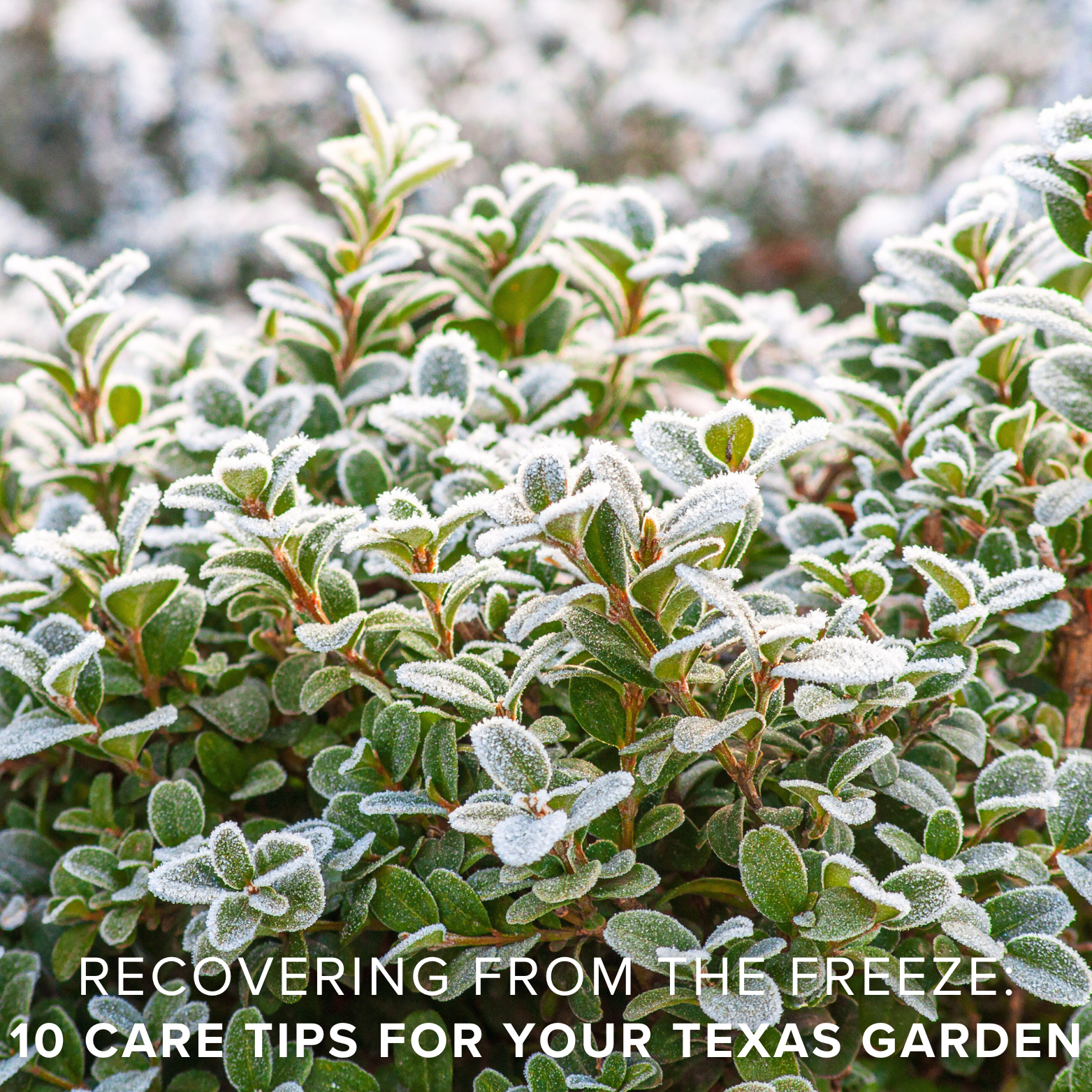
Freezing temperatures have made their way to our North Texas landscapes. Now, it is time to spring our iced over and cold shocked plants back with a few simple steps for a quick recovery! After a hard freeze, it’s important to take proper care of your plants to help them recover. If your shrubs were affected by the freeze, it’s possible that they could survive if you take the right steps. In general, it’s a good idea to wait until the danger of frost has passed before cutting back plants.
If your flower beds were damaged by frost, it may be necessary to remove the dead or damaged plants and replant. To prevent further damage to your outdoor plants in winter, cover them with frost cloth during freezes.
Where to start? We are here to help you care for your outdoor plants after winter conditions. Take a walk around your yard and examine any areas that need to be addressed. Take note of any cold damaged plants or trees, check for any water leaks, and get ready do a little winter plant care!
TIP #1: PROTECT YOUR HANDS

If you are heading outside to check on your plants, chances are you are probably wearing a jacket. Remember to protect your hands from the elements too. Gardening gloves are important gardening gear! From planting to major tasks, we have gloves for any outdoor activity. Available in many sizes, colors, and designs so you can find the precise gloves to fit your style! Our selection from Midwest Gloves & Gear and Bellingham® Gloves will provide your hands with top quality protection.
TIP #2: REMOVE FROST PROTECTION BLANKETS
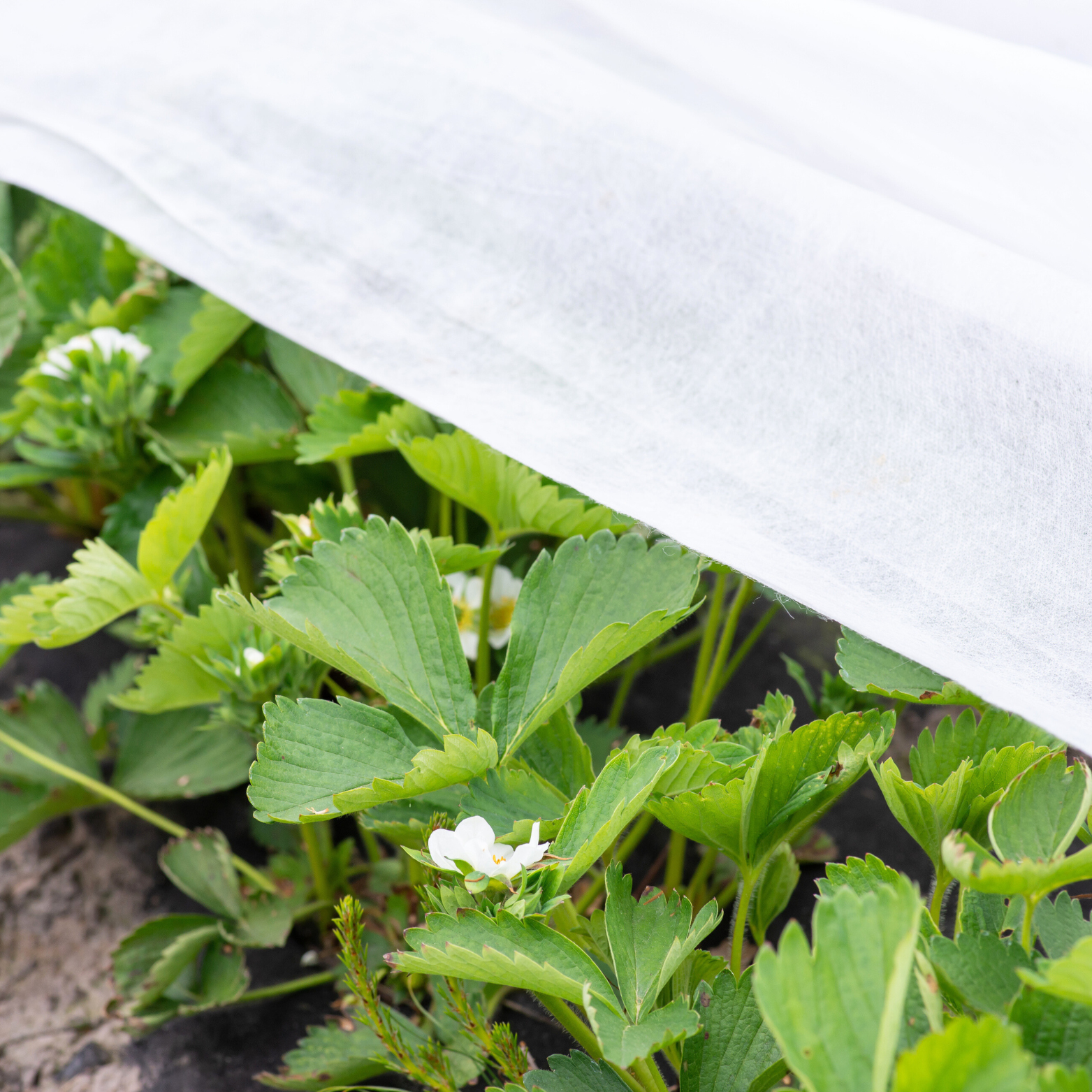
Remove your Dewitt N-Sulate Frost Protection Blanket once the sun is shining again and we are past any danger of a frost. It is very important to remove your frost blanket once temps are above 50 degrees. Too much heat can also be bad for your plants. Fold or roll your blanket so that it will be handy for the next time the thermometer takes a dip. Just make sure it is completely dry before you fold it up
TIP #3: WATER YOUR PLANTS
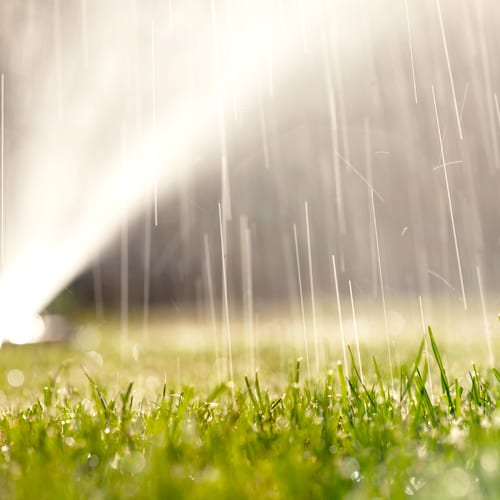
Watering after a freeze is just as essential as watering before a freeze! What happens to cold damaged plants? Freezing temperatures can be detrimental to plant tissue. Plants respond to the cold by moving water from the cells, preventing it from taking in moisture. This can cause it to become dehydrated, creating frost damage to the stems and leaves.
Once the ice has melted, give the soil a chance to properly dry out. As the temperatures warm up, make sure your flowerbeds, trees, and shrubs all get a fresh drink to help keep your plants properly hydrated.
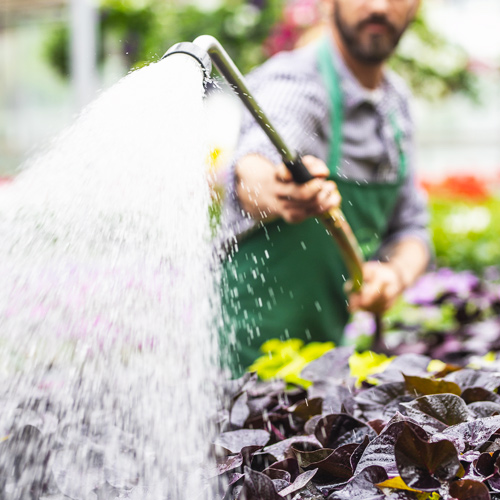
Having the right watering tools will make this even easier. We have a wide variety of professional hoses, watering wands, watering cans, and more! The watering tools you choose will depend on the size and type of plants you have. Gardening hoses with an adjustable nozzle are extremely useful and versatile. It is important that your hose can reach and spray every part of your garden.

An adjustable nozzle can help control the water pressure and spray radius.

Watering wands give your plants a gentle rain shower. This is great for back edges of border plants, hanging baskets, and those hard-to-reach areas of your garden and container gardens.

Watering cans are ideal for small space gardening, indoor plants, and container gardens or if you do not have the capabilities to use a watering hose. They allow you to control how much water to use and to control the flow of water. Plus, they are perfect for your urban DFW, Houston, or Galveston patio gardens!
TIP #4: REMOVE DAMAGED BRANCHES & LIMBS
First, check your larger, more established trees. The weight of the snow and ice has caused many trees to droop. Look up at your trees and check for signs of cracked or broken limbs. Professional assistance may be needed for damage at a larger scale.
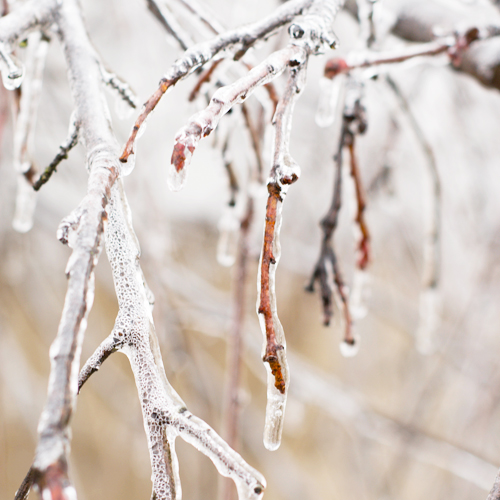
Younger trees and trees with thin bark can be affected by cold weather plant damage. Frost cracks are created by the sudden drops in the temperatures and sometimes cannot be visible until spring. Watch your trees and see how growth progresses once the growing season begins.
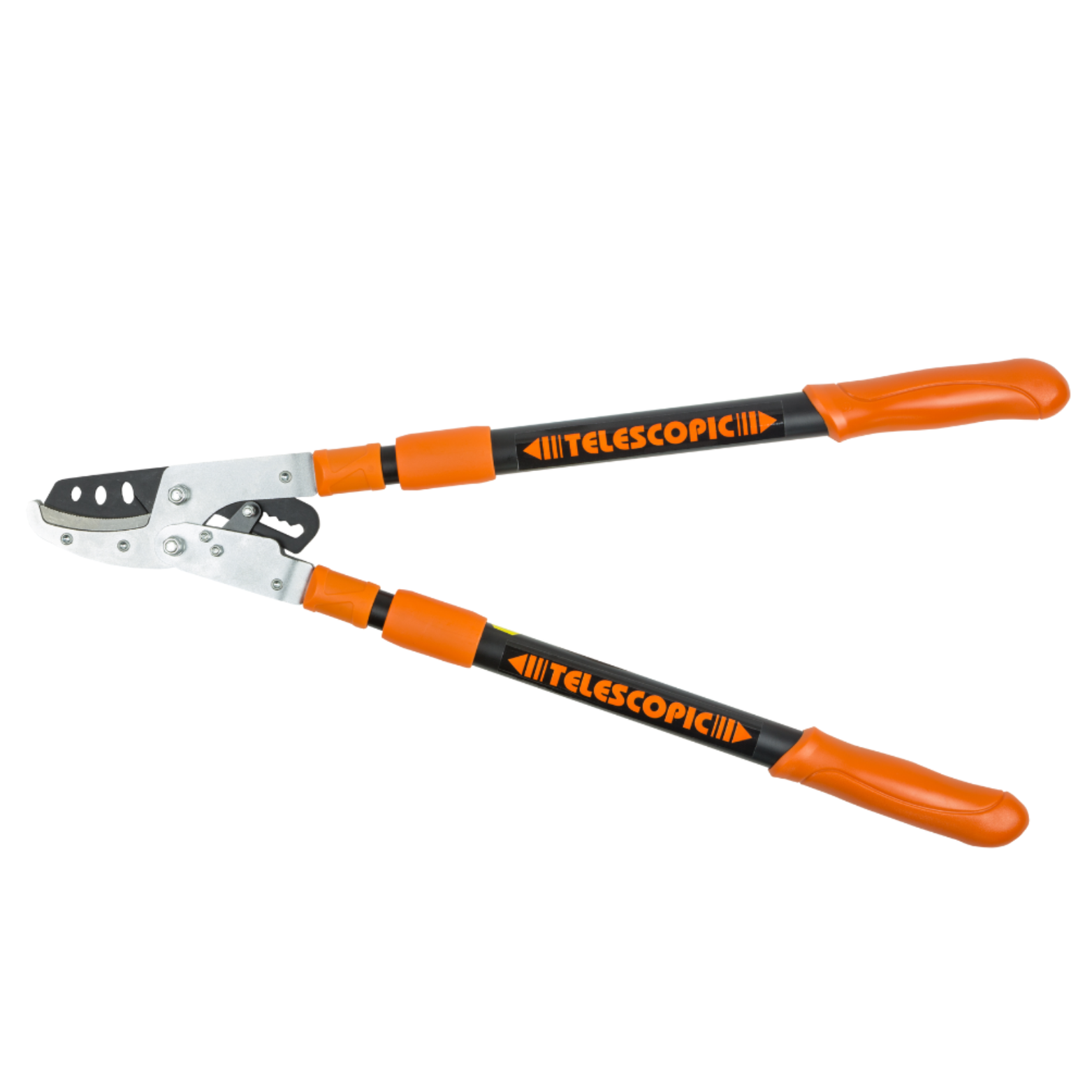
Allow the weather to warm up and give our trees time to thaw. Do a little winter pruning with your Tiger Jaw pruning tools on immediate issues like small, damaged branches and limbs.
Then, check for signs of frost damage on your plants. Frost damaged plants and the aftereffects present themselves in different ways. It depends on the type of plant and how it was exposed to the freeze. Snow damaged plants show signs of discoloration and cold burned leaf tips. Do not assume you have a dying plant on your hands just because the leaves are brown.
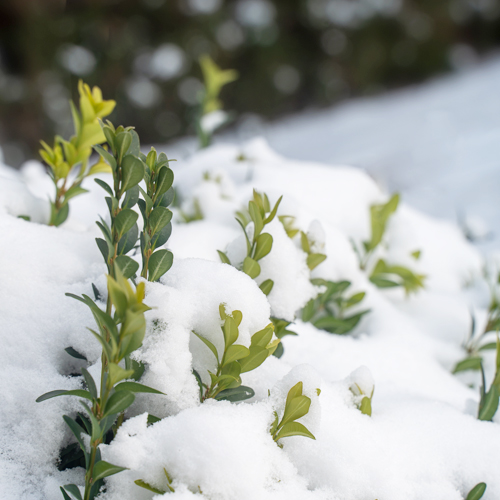
Before trying to figure out how to save a dying plant, check the stem tissue for a more accurate gauge of your plant’s current condition. If the stem has cracked, turned mushy, or become brittle, that part of the plant is likely unsavable. If the stem remains flexible and the tissue of the stem is bright green inside, your plant has survived the cold weather. Make sure to water your cold shocked plants to keep them healthy.
TIP #5: APPLY MULCH
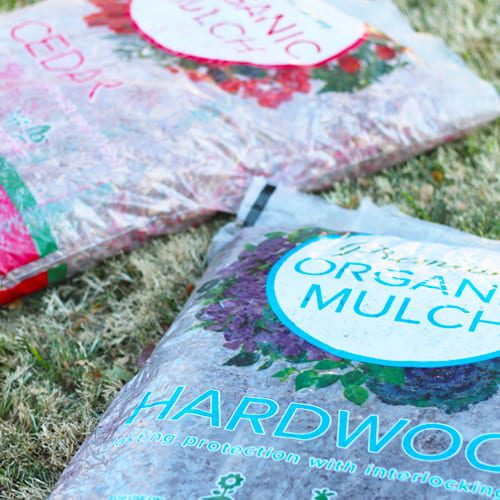
Apply mulch, especially if you didn’t have the chance to spread some out before the first freeze. More than likely, another freeze will come around and your plants will appreciate a nice warm layer to help them through the season.
Mulch benefits your landscape in so many ways. It does more than make your flowerbeds look complete and beautiful, mulch reduces weed growth and protects your plants. Mulch reduces water use by preventing evaporation and allowing the plants to absorb water at a steady rate.
Mulch is made from organic material that enriches the soil as it decomposes. It creates a warm barrier between the frosty air and your plant’s roots. Frozen soil prevents plants from taking up water to replace the moisture that is lost from evaporation. That is why mulch is so important, especially during the winter months. Mulch helps maintain moisture in the soil while holding in necessary heat.
Add mulch to any areas where it was displaced by the winter winds or ice. Choose from our selection of Calloway’s Premium Organic Mulches!
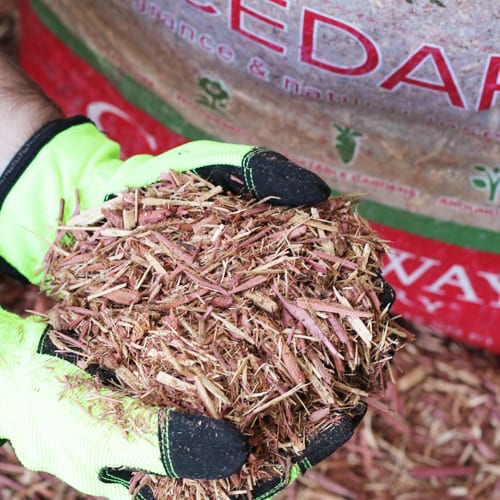
Calloway’s Premium Organic Cedar Mulch provides your garden with an elegant red-gold finish that is eye-catching and functional. Cedar mulch also helps repel insects and provides a pleasant fragrance!
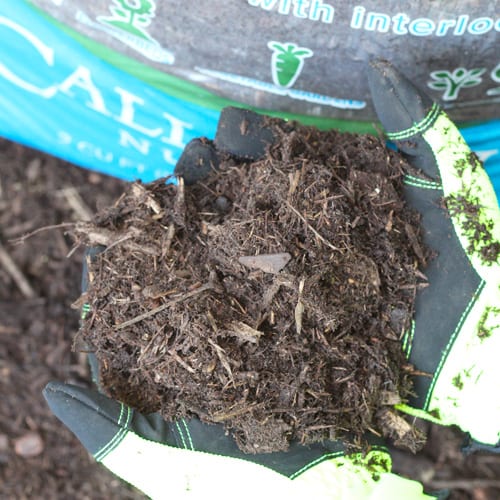
Calloway’s Premium Organic Hardwood Mulch is a 100% organic top dressing for all of your garden plants. The shredded wood mats together to form a protective covering over your plant roots. Great for spring vegetable gardens and flowerbeds.
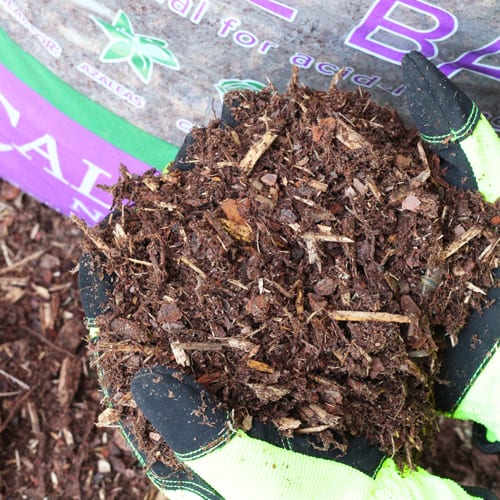
Calloway’s Premium Organic Pine Bark Mulch is the ideal mulch for plants and shrubs that prefer an acidic environment. It is great for camellias, hydrangeas, and more.
TIP #6: AMEND YOUR SPRING VEGETABLE GARDENS & FLOWERBEDS
One of the best ways to sabe your plants from frost damage is by replenishing the lost nutrients in the soil. Cold-shocked soil often becomes depleted, leaving plants struggling to thrive. By amending the soil, you can improve its structure and fertility, giving your plants the boost they need to bounce back. Start by removing any dying plants or vegetables, then begin reviving your soil!
For established flowerbeds, use Calloway’s Premium Flowerbed Garden Soil. This top-quality soil is crafted with water-saving ingredients like expanded shale, coconut coir, and earthworm castings. Its premium blend also includes composted rice hulls, sphagnum peat moss, dolomite lime, and beneficial mycorrhizae, which enhances nutrient uptake and promotes rapid root growth. This soil even contains a slow-release fertilizer to feed your plants for up to 6 months!
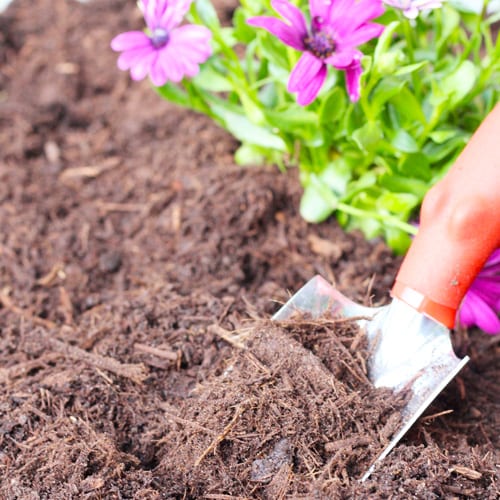
Simply, mix 2 inches of our Flowerbed Garden Soil into the top soil to break up any impacted areas and create aeration. Water in thoroughly.
For new flowerbed prep, till the top layer of existing soil with 3 inches of Calloway’s Premium Flowerbed Garden Soil. Smooth the surface and water in thoroughly.
For your spring vegetable gardens, use Calloway’s Organic Garden Compost to refresh your soil naturally. This organic blend includes composted rice hulls, pine bark, earthworm castings, and mycorrhizae to replenish and condition the soil. It promotes aeration, enhances water retention, and creates the perfect environment for rapid root growth. Ideal for flowerbeds, vegetables, herbs, fruits, and berries.
For new bed prep, start by spreading 3 inches of Expanded Shale into the soil. Till in with 3 inches of Organic Garden Compost and water in thoroughly.
For existing beds, mix 2 inches of Organic Garden Compost into the existing soil and water in thoroughly.
TIP #7:PLANT FRUIT TREES AND BERRIES
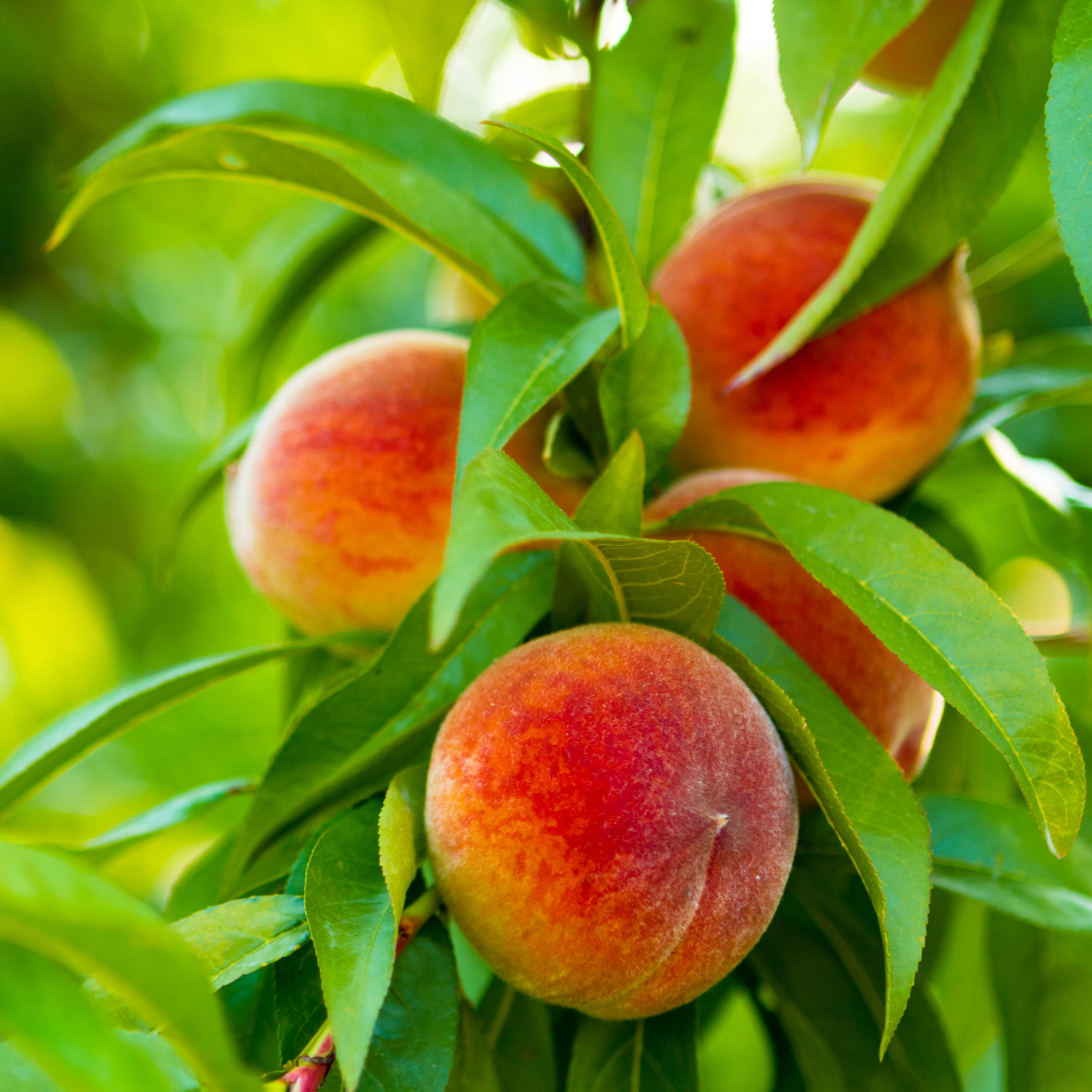
There’s nothing sweeter than fresh fruit grown with love in your garden! Now’s the time to plant a variety of delicious fruit trees and berries. Explore our selection of Peaches, Plums, Figs, Apples, Pears, and more to create your homegrown orchard.
TIP #8: ADD FRESH COOL-SEASON COLOR
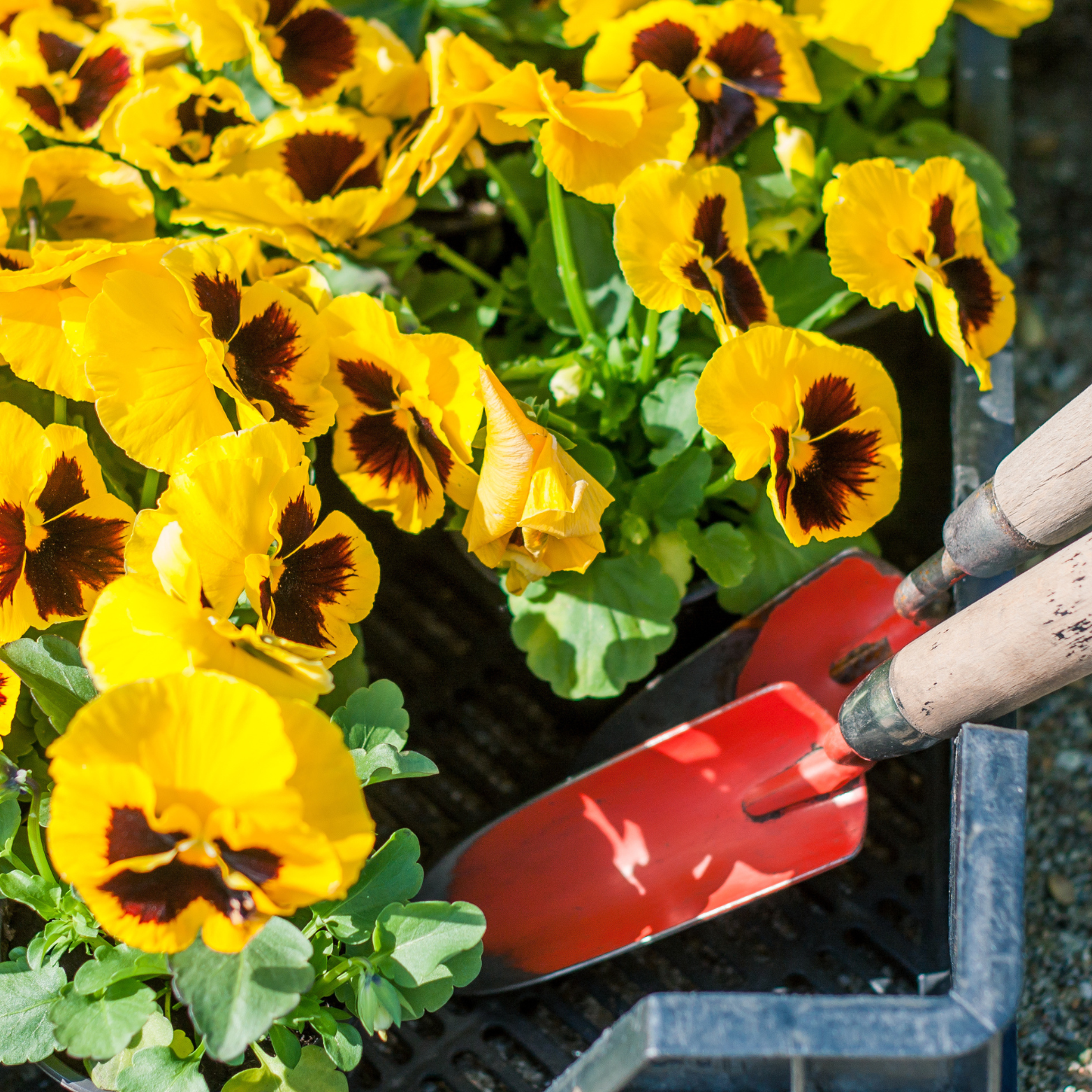
Are your flowerbeds due for a refresh? Plant winter color such as Matrix® Pansies and Ornamental Cabbage for vibrant hues and rich textures. If we have another cold snap, these plants will bounce back and will thrive with continuous feeding using Calloway’s Premium Flower Food. With proper care, your Matrix® Pansies will bloom beautifully up until spring.
TIP #9: BE PREPARED FOR FREEZING WEATHER

Luckily, it is easy to say informed about upcoming weather with our local forecasts. The best way to stay informed about the weather when it comes to your plants is to sign up for emails from Calloway’s and Cornelius Nursery. Joining Blooming Rewards gives you access to exclusive content, special offers, and expert advice to help you protect your precious plants.
TIP #10: VISIT YOUR NEIGHBORHOOD STORE

Need help with your plants? At Calloway’s and Cornelius Nursery, we’re here to guide you every step of the way! Whether you’re facing challenges or just need a little advice, our Texas Certified Nursery Professionals are ready to assist. Simply take a few photos of your plants or areas of concern, and we’ll guide you with expert tips and the right products for your garden.
For over 35 years, we’ve proudly served the DFW area, and we’re committed to helping you grow your best garden yet.